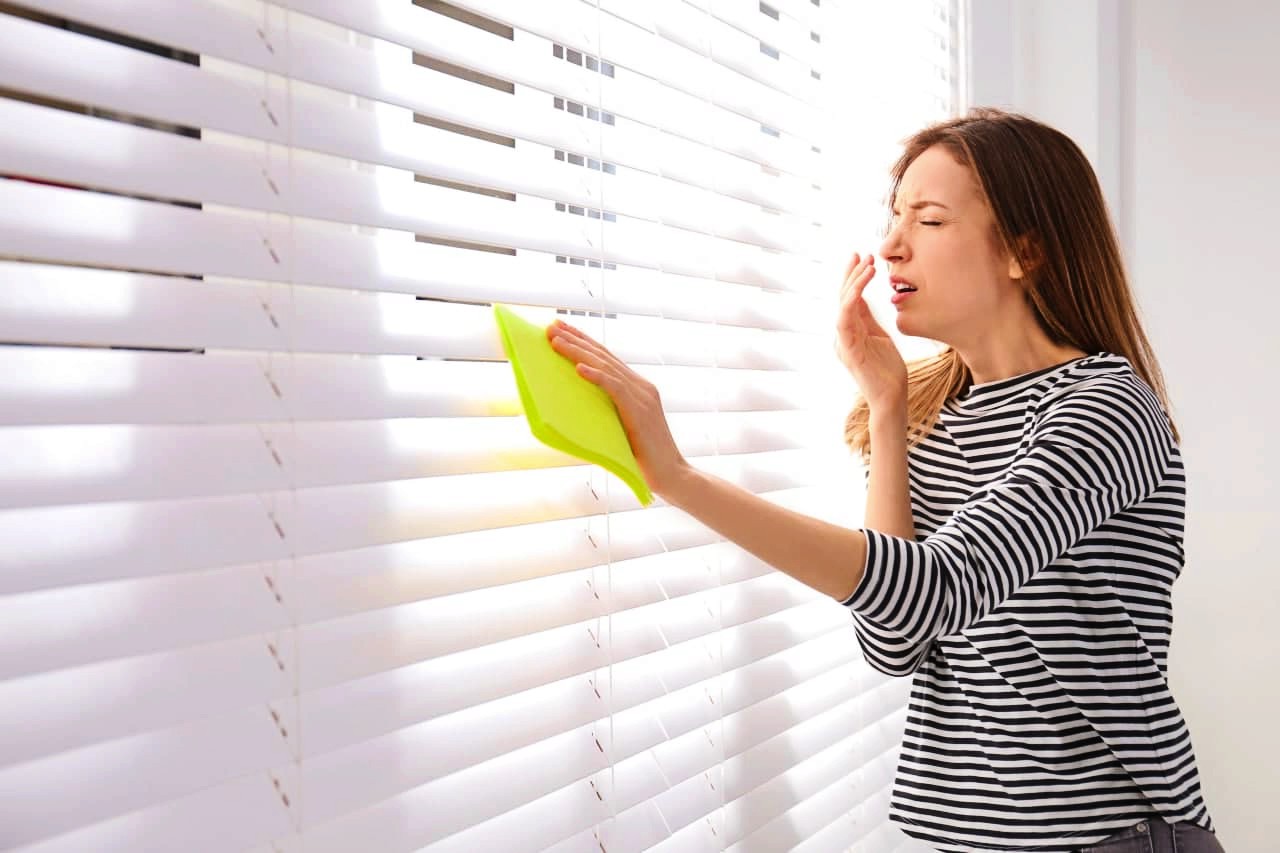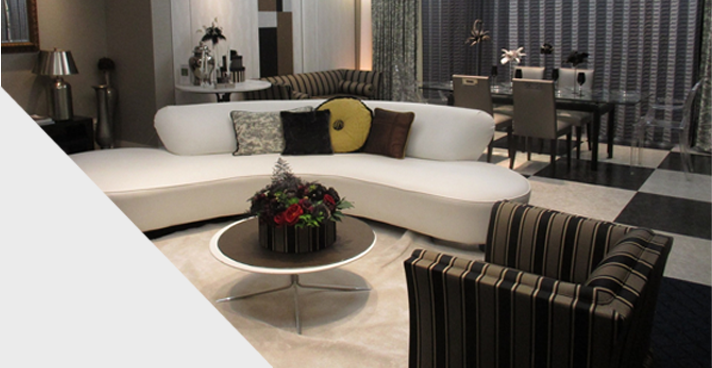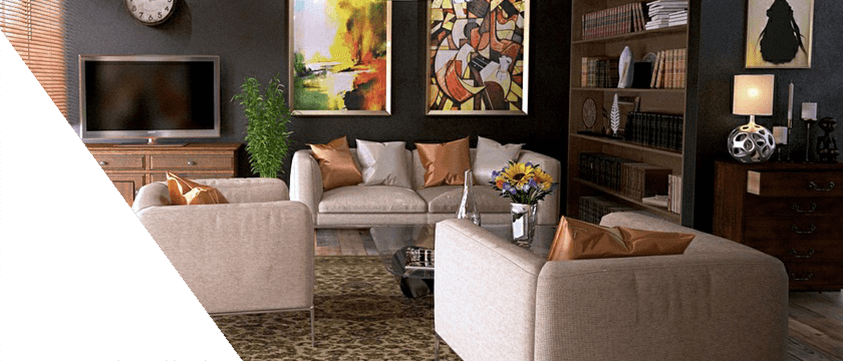How to clean when allergy season arrives?
 We all know how horrible and annoying allergy season can be. Have you ever wondered if you can reduce the suffering of the people with allergies? Yes, it is possible. And we are not talking about medicine or home remedies - in this article we will talk about living with allergies and reducing allergens at home.
We all know how horrible and annoying allergy season can be. Have you ever wondered if you can reduce the suffering of the people with allergies? Yes, it is possible. And we are not talking about medicine or home remedies - in this article we will talk about living with allergies and reducing allergens at home.
Even though the most common allergy would be the hay fever that is mainly caused by grass and tree pollen, there are also many triggers around your house. While regular weekly cleaning is an important part of your allergy management, there are certain things you can do to go the extra mile and make sure your house is free of most allergens and you, and anyone you know or live with that is struggling with allergies can feel more comfortable.
Best Cleaning Tools for Allergen Reduction
- Vacuum - there are a few different types of vacuums you may want to try. The use of such vacuum cleaners will reduce your contact with dust and allergens fine-particle HEPA filter vacuum that will collect as many dust particles as possible bagless vacuum with a cleaning station that will empty and clean the dust cup robotic vacuum that will regularly collect dust while you are not in the room.
- Washable Microfiber Cloths and Mops - they work better than cotton or paper towels. Make sure to wet them before wiping with them. They will collect more dust when damp.
- Disposable Dust Wipes - synthetic dust wipes and wands attract dust and create static cling that will hold the dust until you throw them away.
- Disposable Masks - Disposable or washable masks are a recommended choice. Use cotton lined rubber gloves instead of latex ones.
- Laundry Products - use dye free and unscented laundry products. Studies have shown that skin irritations are often caused by dyes.
Best Cleaning Products for Allergen Reduction
A lot of the commercial products you may be using for cleaning can be irritants and cause allergic reactions. Choose products that contain less chemicals and particularly limit the ones containing Ammonia, D-limonene, Sodium lanzyl sulfate, Sodium hypochlorite, Sodium lauryl sulfate. Always read labels before using a certain product. You can also try using natural cleaning products (for more info check Lemon Juice and Tea Tree Oil and How to use vinegar to get rid of mould.)
There are certain things you can do to improve the overall condition at home, as well as the amount of allergens found in it. Here is what we suggest:
- Control the indoor temperature and humidity levels. Dust mites and mould spores that can cause allergic reactions like heat and humidity. Maintaining the temperature between 20°C and 22°C and the humidity level at no more than 50% will reduce their growth.
- Use small particle filters in your air conditioners, as well as your heating/cooling systems. Clean those filters regularly.
- Pest control is of crucial importance. Use professional exterminators or traps to get rid of mice and insects. Make sure to seal any cracks that may allow them in.
- Regularly remove clutter and dust catchers.
- Avoid smoking in the house. Keep pets outside as much as possible. Bathe them regularly and wash their bedding weekly.
Bedroom cleaning
Wash your sheets, pillow cases and blankets weekly. Avoid hanging them outside since the pollen will get stuck on them and come into the house. Dust all areas of your bedroom weekly. Make sure you dust the blinds and wash your curtains regularly as well. Vacuum your floors and do not forget to reach under the bed and furniture. It is best to keep pets out of the bedroom and especially off the beds. Keep your closet doors closed to avoid dust building up on your clothes.
Bathroom cleaning
The most dangerous allergens in the bathroom would be mould and mildew. You can get rid of them with the help of chlorine bleach, hydrogen peroxide or a commercial mildew cleaner. Exhaust fans would also benefit you greatly. Make sure to towel-dry your bathroom after showers or baths and keep the windows open to improve air flow and reduce the amount of mould growth. Always hang your towel to dry after showering. Wash rugs, shower curtains and towels regularly.
Living Areas house cleaning
Similar to the bedroom, make sure to dust and vacuum all areas of the living room regularly. Make sure to thoroughly vacuum your carpets and upholstery every couple of days. If you have plants, cover the soil with marbles. That way you will contain the natural moulds that occur in damp soil. Avoid using artificial air fresheners. Turn to air purifiers and humidifiers and use natural essential oils.
Kitchen cleaning
Mould and insects are regular guests in your kitchen. Use a vented exhaust fan in order to reduce mould growth. Regularly check the sink, refrigerator and pipes for leaks. Clean your refrigerator and remove any out-of-date products or mouldy foods. Make sure to wash and wipe your door, drawers, shelves and drip pans. Clean your countertops daily. Make sure to clean all your cabinets and drawers once every 2-3 months, declutter them and remove food crumbs.






